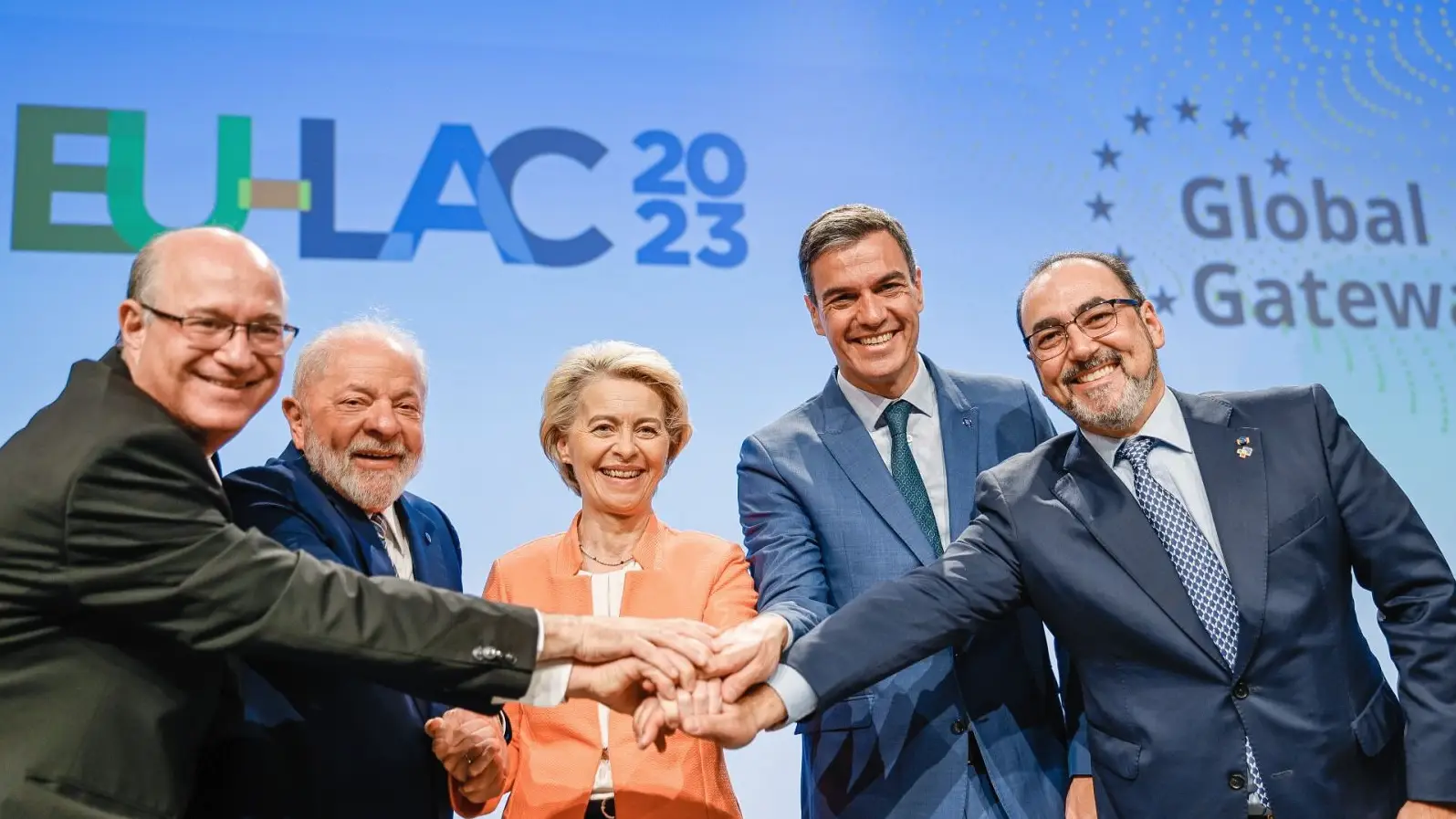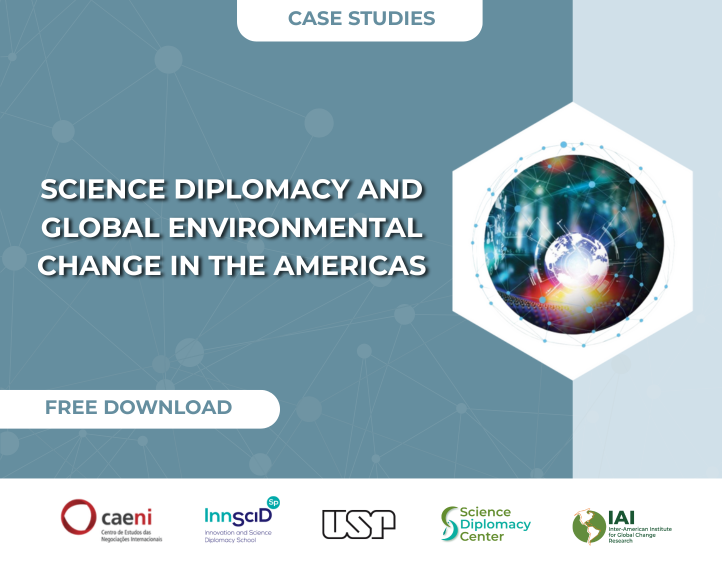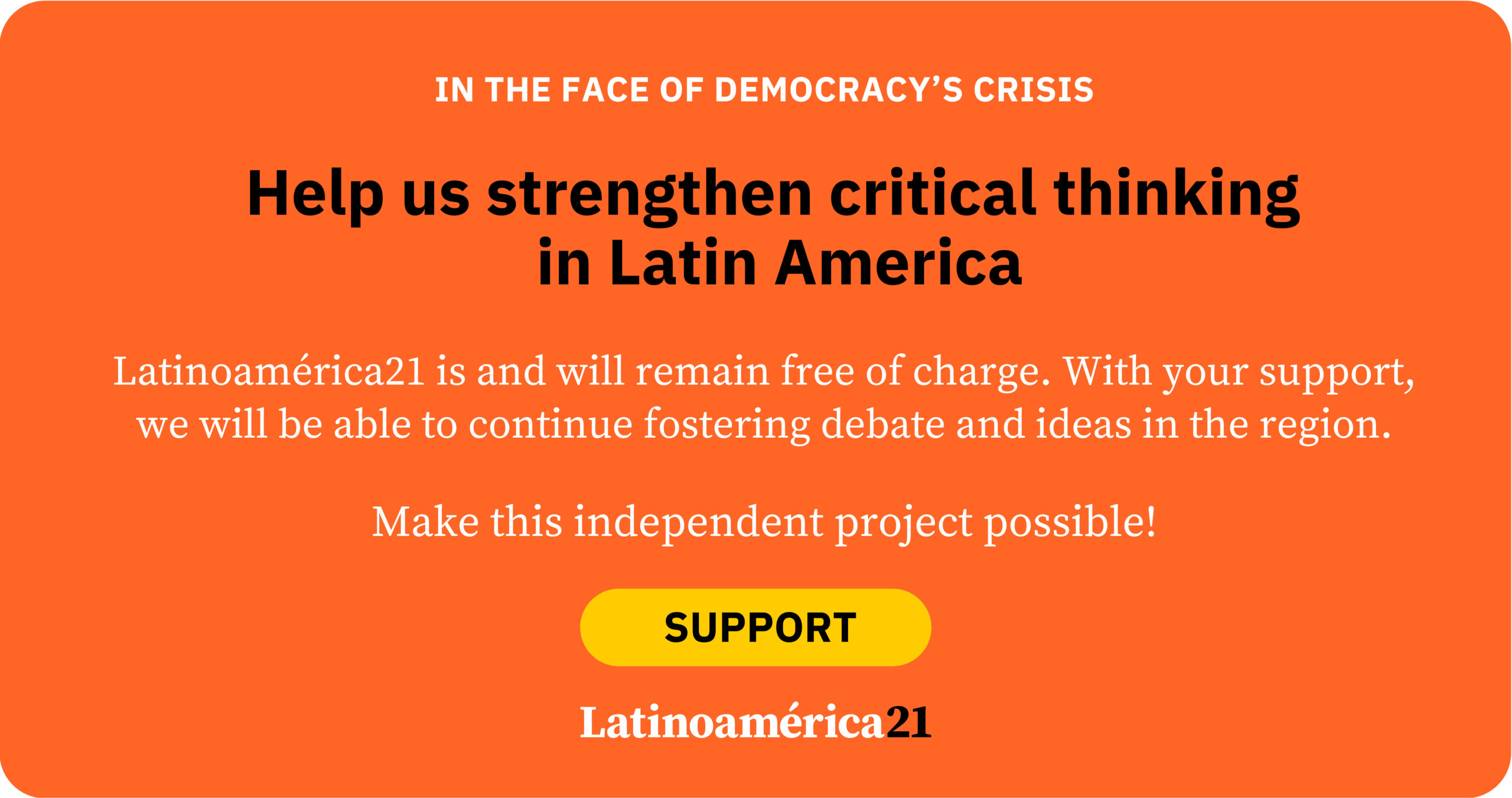Although there is concern about the European Union’s absence in filling the vacuum left by USAID in Latin America, this does not mean that there are no opportunities for cooperation to strengthen ties between the two regions. In July 2023, for instance, the European Commission announced an investment of €45 billion to deepen and strengthen these relations. According to the Development Bank of Latin America (CAF), cooperation agenda items included projects that “range from clean hydrogen production, critical raw materials, and the expansion of high-performance data cable networks, to the development of more advanced vaccines.”
The EU’s agenda in Latin America and the Caribbean is primarily focused on combating climate change and promoting renewable energy, strengthening digital services, fostering e-mobility, and redefining the role of natural resources through technology transfer and support for agricultural industry development. However, there are several obstacles that prevent this cooperation from advancing effectively.
Existing trade
Latin America and the Caribbean (LAC) and the EU maintain a close relationship. According to CAF data, the EU is the region’s third most important trading partner, behind the United States and China. Moreover, Europe is the leading source of foreign direct investment, with an accumulated stock estimated at €800 billion by 2023. By then, European companies had invested more in LAC than their counterparts in China, Japan, Russia, and India combined. This demonstrates that current relations are not only strong but also hold significant growth potential.
According to the same source, in 2022, total merchandise trade between the EU and Latin America reached €293.09 billion. This accounted for 4.8% of the EU’s extra-regional imports and 5.8% of its extra-regional exports. Additionally, between 2013 and 2022, there was a 59% increase in imports and a 37% increase in exports between the two regions—evidence of rapidly growing trade relations.
This process has also been relatively balanced. The EU’s trade surplus stands at just €5 billion—far smaller than that of the United States, which held a $27.15 billion surplus with the region in 2023. China’s trade surplus for the same year was $33 billion. Thus, the EU holds significant legitimacy in the region by offering a more balanced economic and trade relationship than its peers. It is therefore important to analyze where the EU’s investment and cooperation projects in Latin America are concentrated.
EU investment in Latin America
The following are some of the EU investment initiatives in Latin America and the Caribbean announced in 2023.
In South America, Argentina has projects related to energy transmission, rural development programs, sustainable mobility, energy transition—particularly green hydrogen—as well as critical raw materials, better waste management, and support for small and medium-sized enterprises (SMEs) in the green economy. In Brazil, the focus is on renewable energy projects, modernization of sanitation and water systems, initiatives to protect tropical forests, and support for SMEs in green technologies. In Uruguay, investments target water and sanitation, the promotion of electric urban mobility, and hydrogen production. In Chile, the EU is focusing on hydrogen production, transportation, and the development of carbon-neutral fuels.
In Central America, Colombia’s priorities include sustainable economy, e-mobility, and efforts to reach 85% digital connectivity by 2026. Costa Rica is focusing on health projects, e-mobility, and green bonds. In Panama, the EU is investing in energy transition projects, decarbonization of the Canal, digital transformation, the biopharmaceutical sector, and vaccine development.
Challenges
Nonetheless, there is a mismatch between the needs and the solutions offered by each side. This not only hinders the projects mentioned above but also affects those aimed at supporting the creation of innovation-driven enterprises in Latin America and the Caribbean. According to a report by the EU-LAC Foundation, there is a significant disconnect between the clear objectives of innovation ecosystem actors and the actual goals entrepreneurs are trying to achieve. Additionally, limited access to international meetings has hampered the development of sustainable relationships and opportunities to establish meaningful contact. The misalignment between the concerns and needs of potential partners results in less meaningful and effective solutions, often unable to properly address the issues at hand.
Secondly, Latin America and the Caribbean face a talent gap in key areas such as sustainability, industrial internationalization, and the digital industry—factors that limit the region’s innovation capacity. Language barriers have also hindered the formation of partnerships between the EU and LAC that could facilitate knowledge transfer.
Thirdly, differences in regulatory frameworks pose a challenge. The EU tends to adopt a more structured and preventive approach, whereas Latin America and the Caribbean typically take a more flexible, short-term approach to promoting innovation. These differences can make investments—in both time and money—more exhausting and less efficient.
Seizing the opportunity
The European Union and Latin America and the Caribbean still have significant potential for growth—not only in economic and commercial terms but also in international cooperation. Moreover, there is a clear intention from the EU to increase its cooperation levels, even if it does not fully fill the void left by USAID.
However, it is important to acknowledge the operational risks that hinder the effectiveness and scale of cooperation and investment between both sides. Thus, if Latin America and the Caribbean wish to take full advantage of EU investment, they must work to reduce these barriers. Otherwise, the EU may lose interest in the region, and Latin America and the Caribbean would miss a golden opportunity to diversify their sources of international cooperation.
*Machine translation proofread by Janaína da Silva













